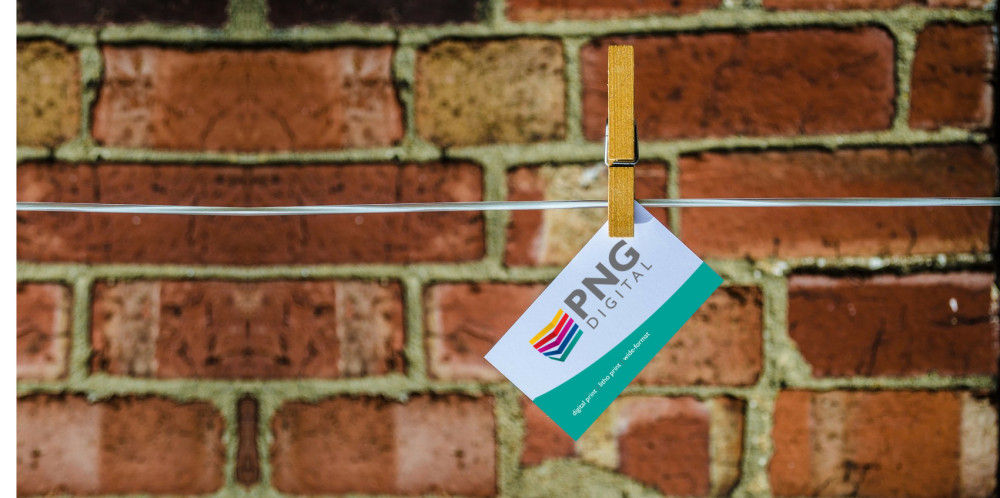There’s a common saying that, “First impressions are easy to make and hard to break” and we believe the purpose of a business card is to make a great first impression and help other people connect with you.
One of the first things you do when you meet someone in a business situation is give them your business card. This means that your card immediately effects how they perceive your brand values and your professionalism.
Your business card needs to create a powerful impact so people remember you. Imagine a networking event where you meet 20-30 people, your card is likely to end up in a big pile along with everyone else’s. What can you do to make it stand out and leave a lasting impression?
Well, we believe there are several elements to your business card that can make a real difference:
What does it feel like?
There’s nothing worse than a cheap flimsy card. You often have situations where people apologise as they hand their card over saying things like “These were just rushed through, we have some new ones coming”. You need to print them on good quality stock so they feel substantial and professional from day one.
What does the finishing of the card look like?
It should be trimmed perfectly and not have any crooked or rough edges. This lack of detail gives a poor image of you and your business. Laminating a card can also make it look much more professional.
Is it legible?
This might sound like a very obvious question but you’d be astounded at how many people let design over-rule the basic rules of being able to easily read something. It’s essential to ensure the colours and brand style are in keeping with all your other marketing material, but can you actually read the content on your card, have you used a font that is legible and easy to read? We believe you should keep the colours and style simple, clean but effective, and make the font isn’t too small.
What information should it contain?
Include your logo, name, job title, telephone number, email address, website and office address. This is all you need to enable someone to take the next step. They can have a look at your website to see what you’re all about and then contact you when they’re ready. Having your address on the card provides some credibility for your business and demonstrates you’re not just working out of your back bedroom. If you do work from home and don’t want to include your home address, then you could use your accountant’s address – do check that’s okay with them first though.
What about the back of the card?
There are two schools of though about this – leave it blank so it looks clean and professional, or include some core information about your business. If your company name doesn’t say what your business actually does, then include 2 -3 bullet points on the reverse that clearly indicate what you do. Don’t fall into the trap of overdoing it though and trying to include everything – that will just look cluttered and unprofessional.
So, if you’ve fallen into the trap of having cheap cards produced, think again.
We believe the business card is an integral part of your marketing collateral and plays a critical role in your business success, after all it is probably the piece of printed material you give out the most to customers, prospects, colleagues, etc.
At PNG Digital we provide advice and support to guide you through the process and ensure your business cards truly reflects your business.
